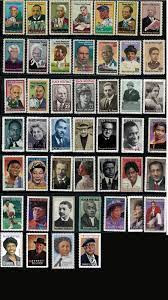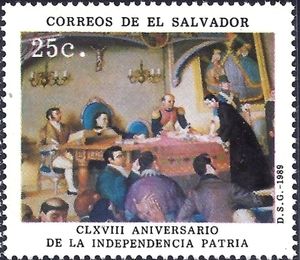C.N. Annadurai, born on 15 September 1909, and passing away on 03 February 1969, was a prominent Indian politician, writer, and the first Chief Minister of the Indian state of Tamil Nadu. He is affectionately referred to as "Anna," meaning elder brother in Tamil, by the people of Tamil Nadu due to his immense popularity and his role in shaping the state's political and social landscape.
Annadurai was a prolific writer and orator who used his literary and speaking skills to advocate for social justice, the rights of the Tamil-speaking population, and the Dravidian ideology, which aimed to uplift the marginalized sections of society in Tamil Nadu. He was a key figure in the Dravidian movement, which sought to assert Tamil identity and challenge the dominance of the Brahmin caste in politics and society.
In 1967, Annadurai's Dravida Munnetra Kazhagam (DMK) party won the state elections, and he became the first non-Congress Chief Minister of Tamil Nadu. During his brief but impactful tenure as Chief Minister, he implemented several progressive policies, including the abolition of the use of Hindi as a compulsory language in schools, emphasizing Tamil language and culture, and introducing measures to improve education and healthcare in the state.
C.N. Annadurai's legacy as a leader who championed the cause of the Tamil people and the Dravidian movement continues to influence Tamil Nadu's politics and cultural identity. His birthday, September 15, is celebrated as a day to remember his contributions to the state's development and to honor his enduring legacy.










